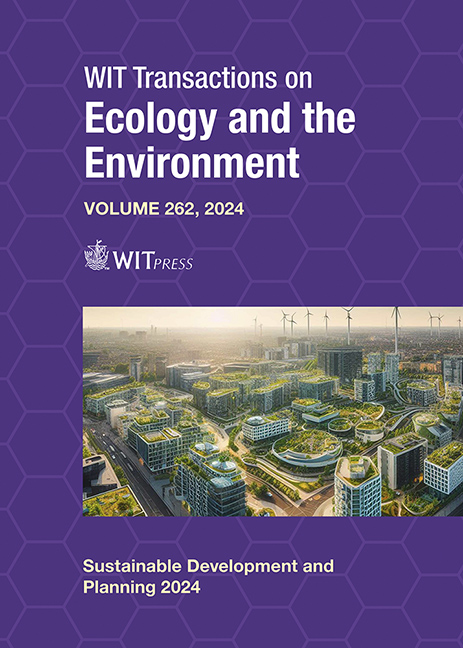HYDROGEN MOBILITY FOR QATAR: A COMPARISON BETWEEN CONVENTIONAL, ELECTRIC AND HYDROGEN FUEL CELL VEHICLES USING LIFE CYCLE COST ANALYSIS
Price
Free (open access)
Transaction
Volume
262
Pages
5
Page Range
347 - 351
Published
2024
Paper DOI
10.2495/SDP240291
Copyright
Author(s)
CARLOS MÉNDEZ, BRENNO CASTRILLON MENEZES, MARCELLO CONTESTABILE, YUSUF BIÇER
Abstract
Qatar’s road transport is dominated by private vehicles, which leaves a substantial environmental footprint. Seeking to counter this impact, the nation is targeting an increase in public and private transport electrification. Nonetheless, due to its associated emissions, the dependence on hydrocarbon-based power plants to satisfy said electricity demand remains an issue. Hence, the present study analyses the potential incorporation of hydrogen fuel cell vehicles (HFCVs) into the mix. To do so, this technology is compared with conventional and electric cars, using a life cycle cost (LCC) approach, which considers economic and environmental aspects. For the latter, Greenhouse Gases, Regulated Emissions, and Energy Use in Transportation is adjusted to mimic Qatar’s context, obtaining emissions associated with each technology. These values are merged with economic parameters in Python, obtaining the cost per kilometre travelled. In a one-to-one comparison, HFCVs are the least viable option, constantly decreasing their gap with other technologies over time. Furthermore, to quantify policy instruments that aim to influence HFCV adoption, over 600 scenarios are modelled and compared, considering different fuel production methods, HFCV-related incentives, as well as technology-specific and environmental taxes. As a result, while considering a combination of the most aggressive approach for purchase price incentive (20%) and H2 subsidy (80%), HFCVs’ LCC is transformed into the lowest among the analysed technologies. Moreover, by disincentivizing the use of internal combustion engines via 40% and 30% purchase and emission taxes, electric vehicles have become more feasible since the initial year, while HFCVs’ LCC outperforms internal combustion engine vehicles a decade faster compared to the non-taxed scenario.
Keywords
hydrogen fuel cell vehicle, life cycle cost, sustainable transport, alternative vehicles





